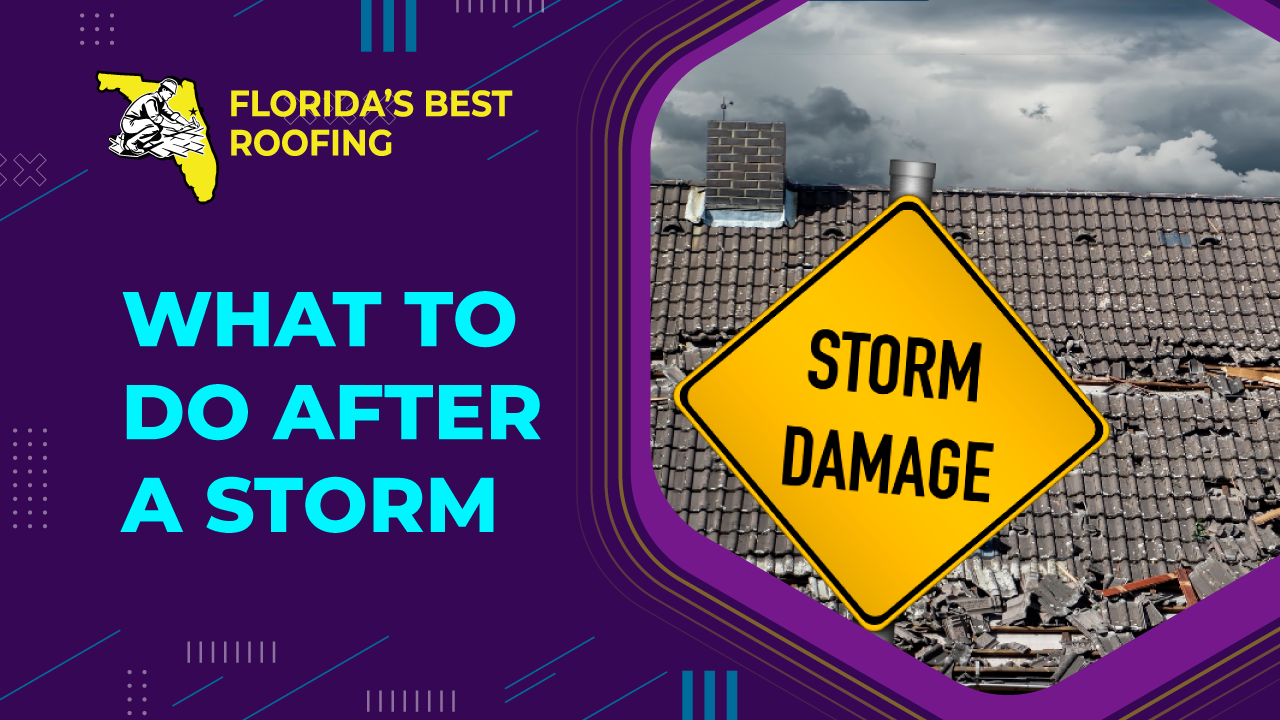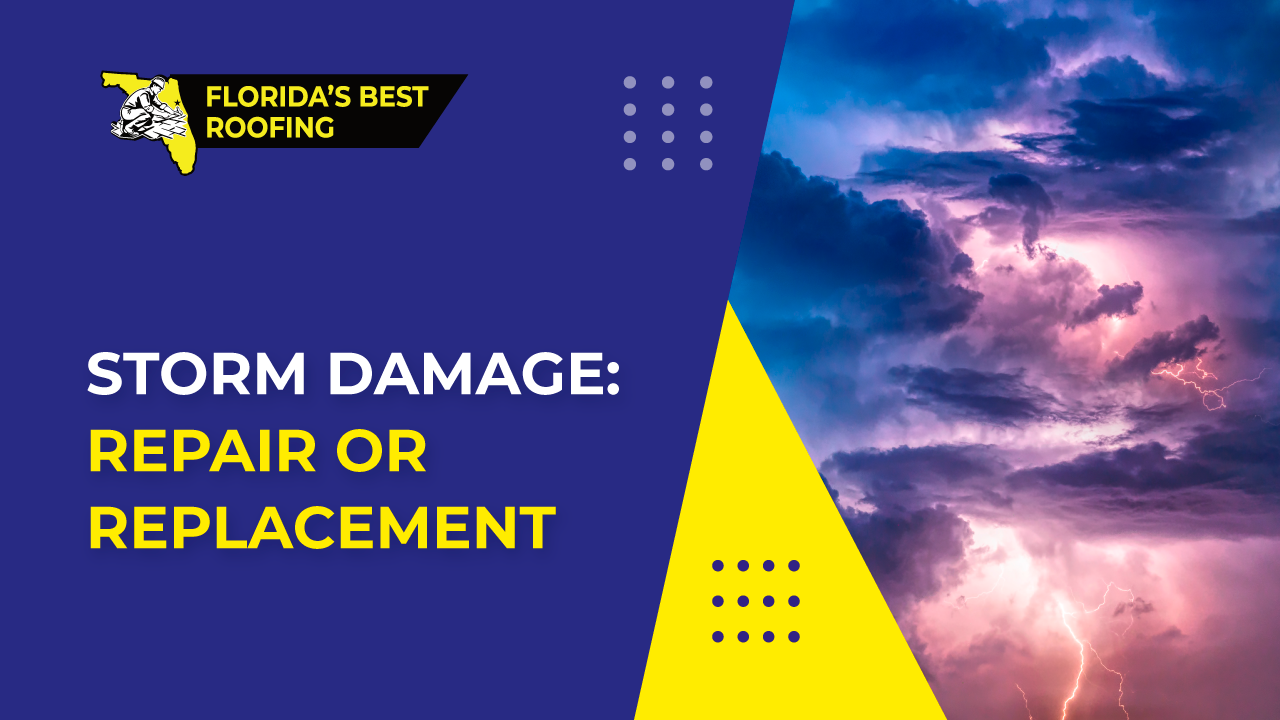What to Do After a Storm
Just a few days ago, Hurricane Ian passed across Florida causing great harm, loss of life, and tremendous destruction. We hope that all of you and your families are safe. We also would like to help you in the rebuilding efforts that must follow. Thus, this is a good time to discuss what actions to take immediately following a hurricane or tropical storm to begin returning your life and your property to normal. Hurricanes like Ian cause immense property damage mainly through flooding and winds. Here are some actions to take that will begin to repair the damage.
Evaluation
Once you are safe and the storm has passed, first, it is important to identify and document any damage that your property may have suffered. A simple inspection of the property is all that is required, first on the interior and then the exterior. During this be careful of any debris that may have fallen during the storm, branches that may be on the tipping point of collapse, and of course downed power lines. Do not approach power lines, even if you think they do not carry a live current. For power lines and the restoration of power, call your local electrical company. Yard debris can be removed by hand in most cases, however, be careful of downed trees–these may require professional removal for the sake of safety. Before calling any tree removal company or any contractor, make sure to make notes and take photos of any damage that has occurred. Look especially at siding damage, roof damage (missing shingles or shingles on the ground), gutter damage, and damages to pool enclosures or any exterior structures like sheds. If you do find damage, take your own photos of it first. If you see debris on your roof, take photos of it before removing anything. This may pay off for you in the long run.
Insurance
Once you have assessed the damage you should look up your property insurance information. Even if you don’t find any damage, this is a good time to check and make sure that you have a current property insurance policy. You should also know what kind of coverage the policy provides, whom to call to make a claim, and what your deductible is. Beware that most property insurance policies have separate hurricane and non-hurricane deductibles. Any named storm, even if it did not bring hurricane force winds to your area, including all tropical storms, are covered under the hurricane deductible. Hurricane deductibles are typically higher than deductibles for all other perils. Make sure that you know the difference. Additionally, look into flood insurance. Most typical property insurance policies do not cover flood damage. A separate flood insurance policy is required for this. Check to see if you have flood insurance and consider, as a Floridian, purchasing a flood insurance policy if you do not have one already.
If you have identified storm damage to your home, consider filing an insurance claim. If it is flood damage, you will need to file under your flood damage insurer. If it is wind damage, then it will be covered by your general property insurance policy. Remember, that your hurricane deductible will apply. To begin the process, you simply need to call the claims department of your insurer or go online. Most companies now have websites where you can file a claim. Remember, millions of people were affected by this storm, so waiting times, especially for phone calls, may be quite high at this time. Once you file a claim, an adjuster will come out to inspect and document the damage. If you need to do immediate repairs prior to the inspection, and in many cases the insurance company will expect you to, make sure to document the process from beginning to end with photos and receipts for any material purchased or labor hired. Provide copies of this documentation to your adjuster so that they can see the full scope of the damage.
Repairs
Once the damage is found, documented, and reported to the insurance carrier, it is time to make the repairs. Unless you are confident you can handle these yourself, it is time to call a contractor. When selecting a contractor there are some factors you will need to consider. First, always choose a reputable local contractor. Check their website, their reviews, and how long they have been in business. Make sure that they are licensed with the state of Florida and fully insured. Unfortunately, hurricane damage often attracts unscrupulous and sometimes even criminal elements who are either unqualified for the work or worse will take a deposit for work to be done and never show up again. Take care to avoid these. Finally, consider that wait times always increase in this period. Quality work takes time and quality contractors will be busy following a storm. It may also be helpful to get several opinions, as contractors most often provide free estimates.
If you have any questions about roofs, we would be happy to help you out. Florida’s Best Roofing, Inc. is a fully licensed (CCC 1325974) and insured, local roofing contractor with decades of experience. If you are interested in roof replacement or repair and you are in the Palm Coast, Flagler, or Volusia area, please give us a call at 386-263-7906 for a free estimate!


